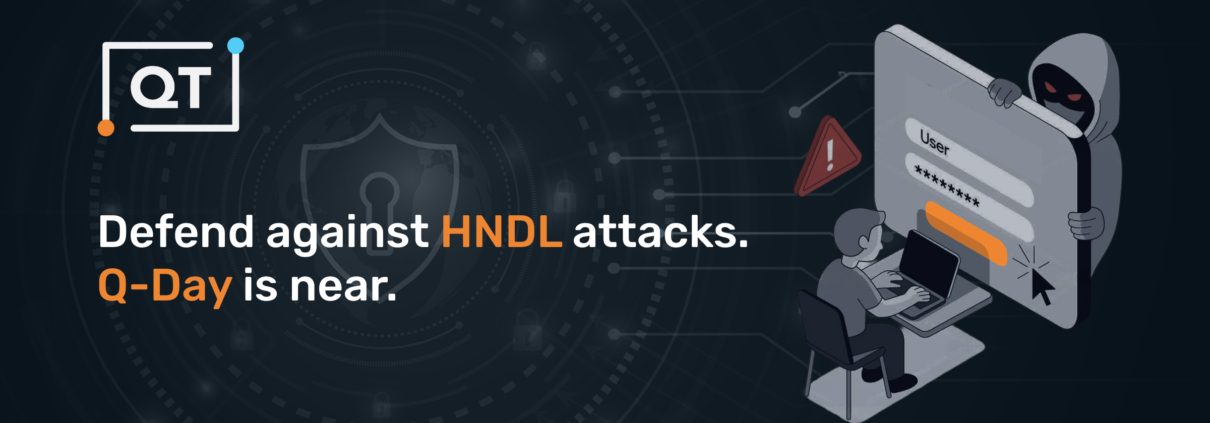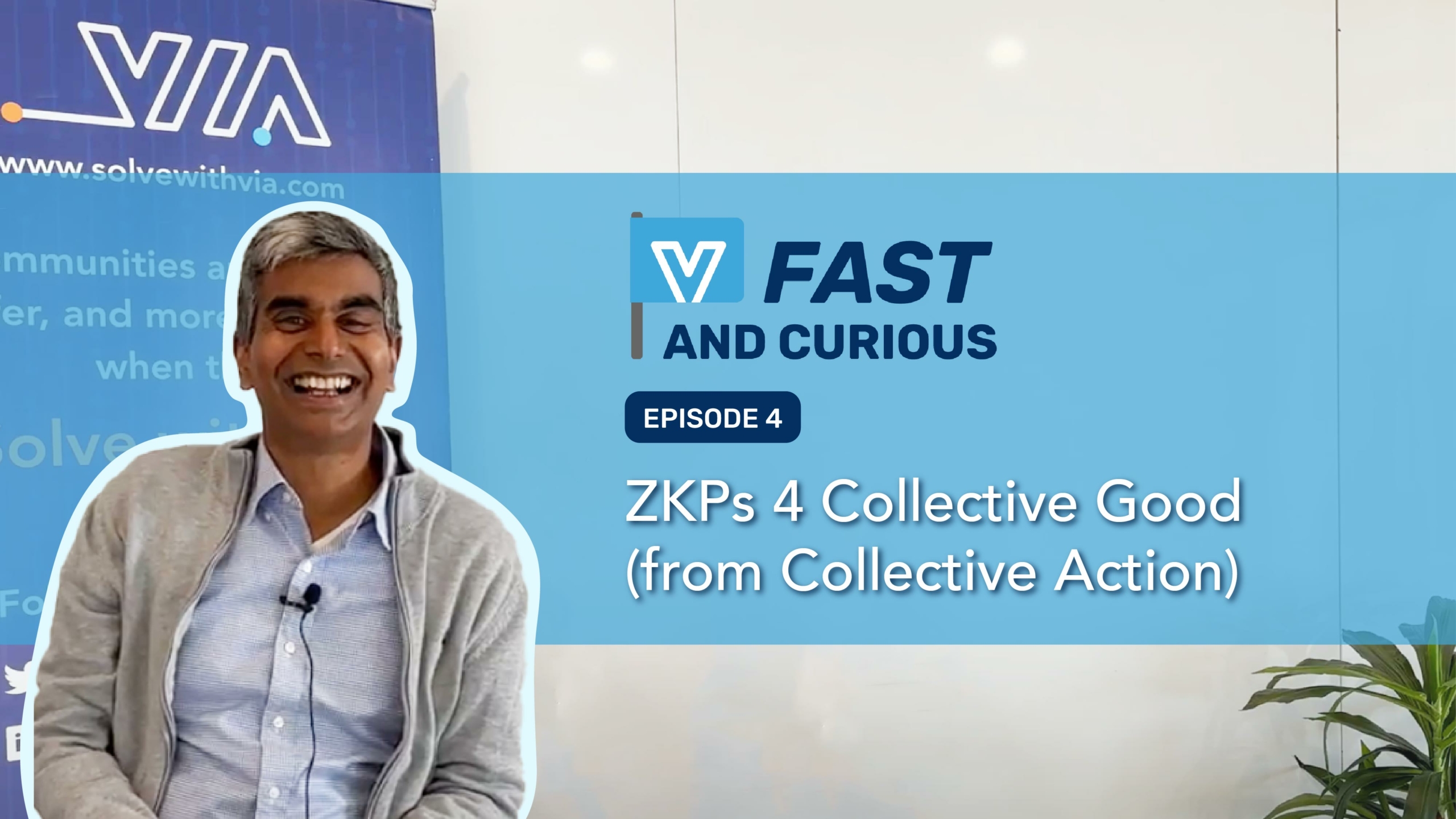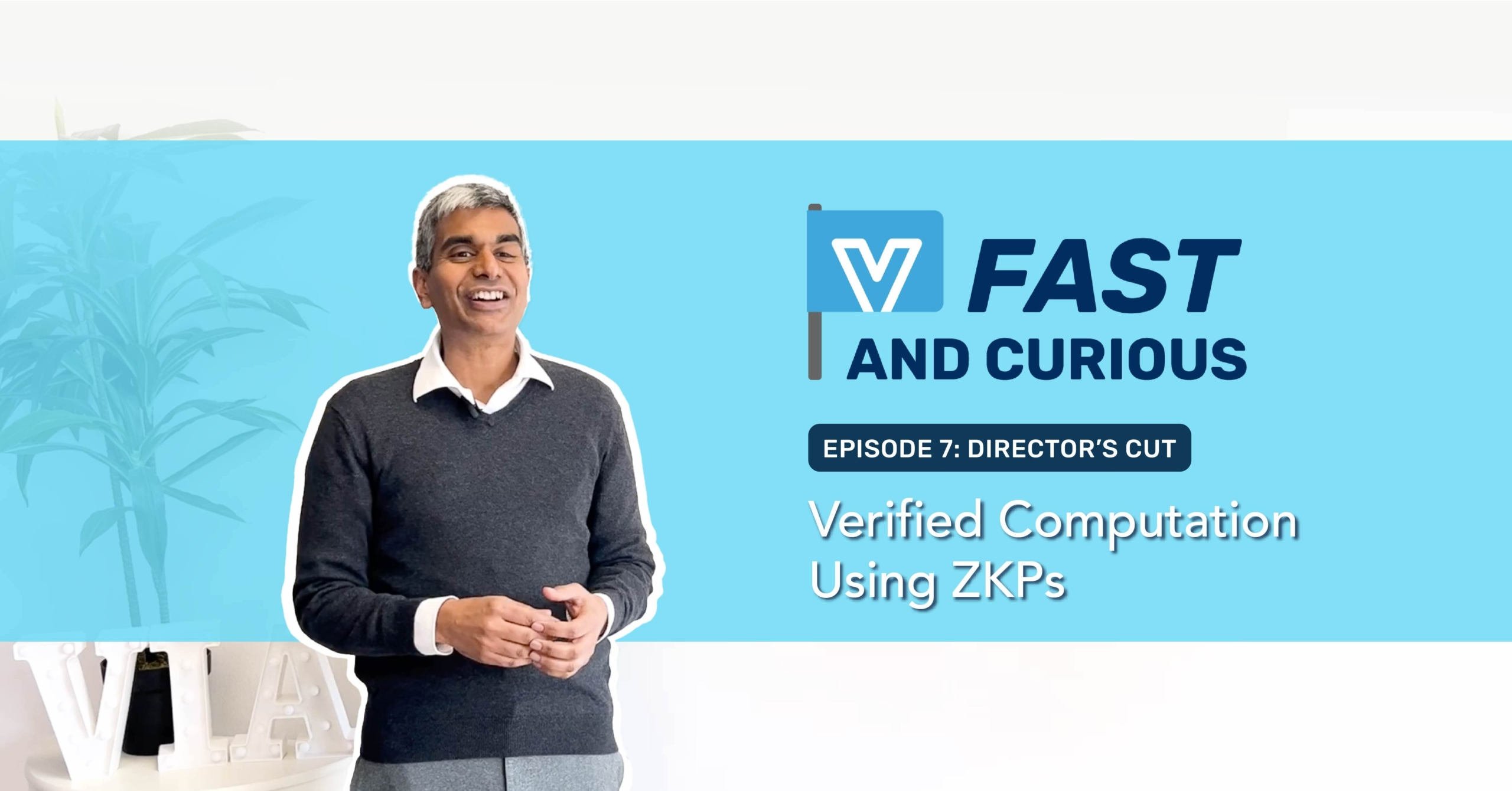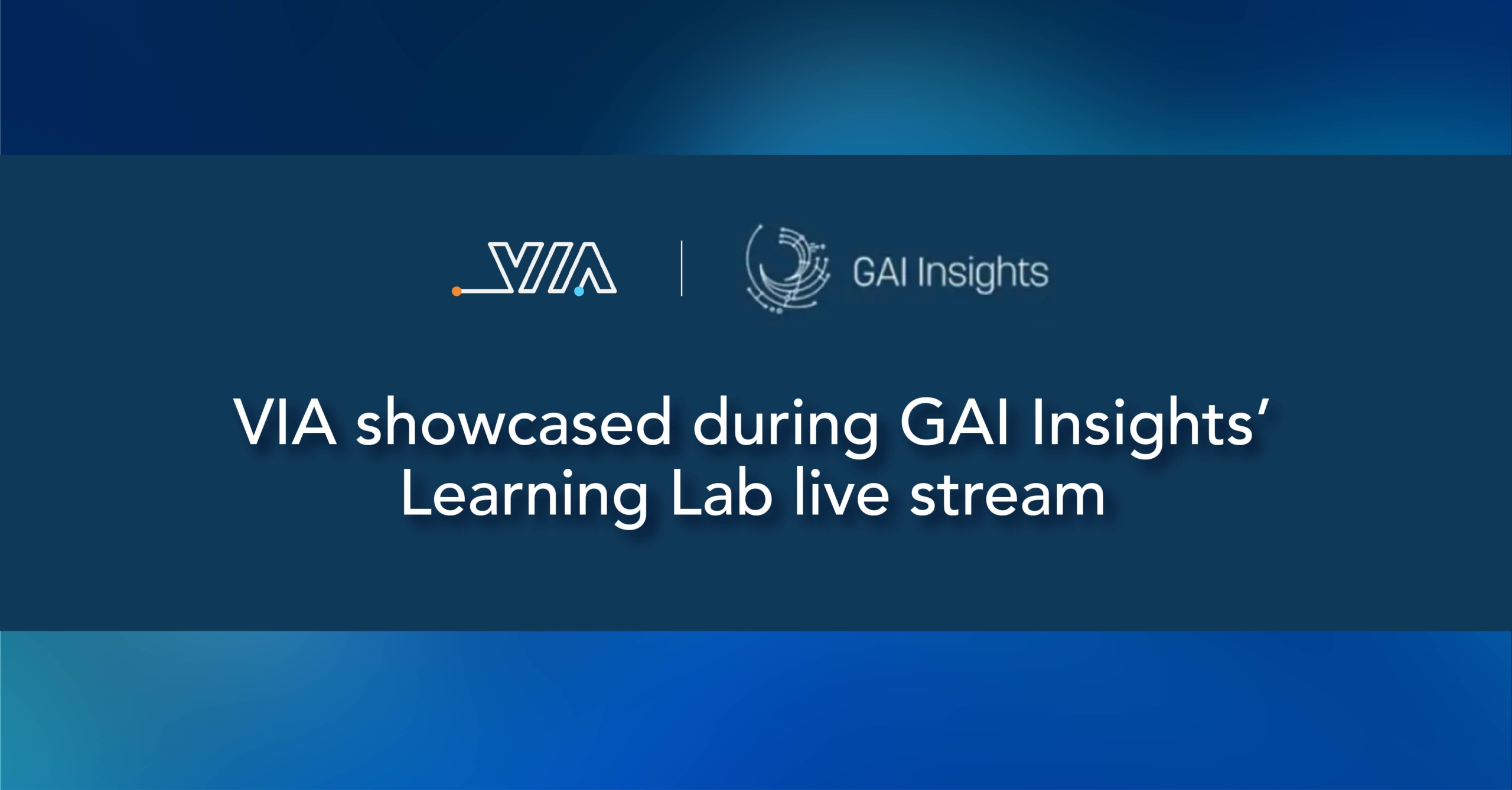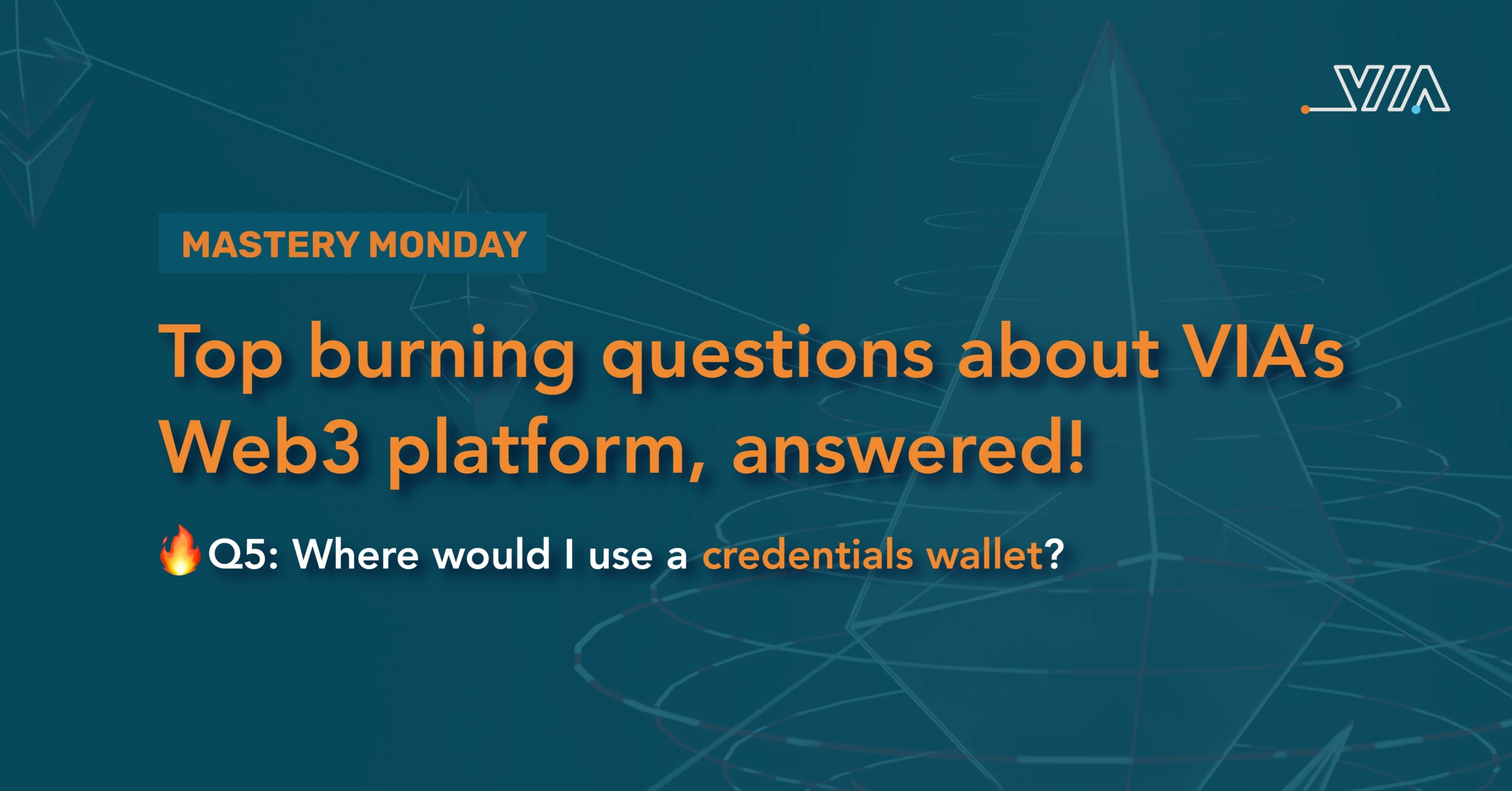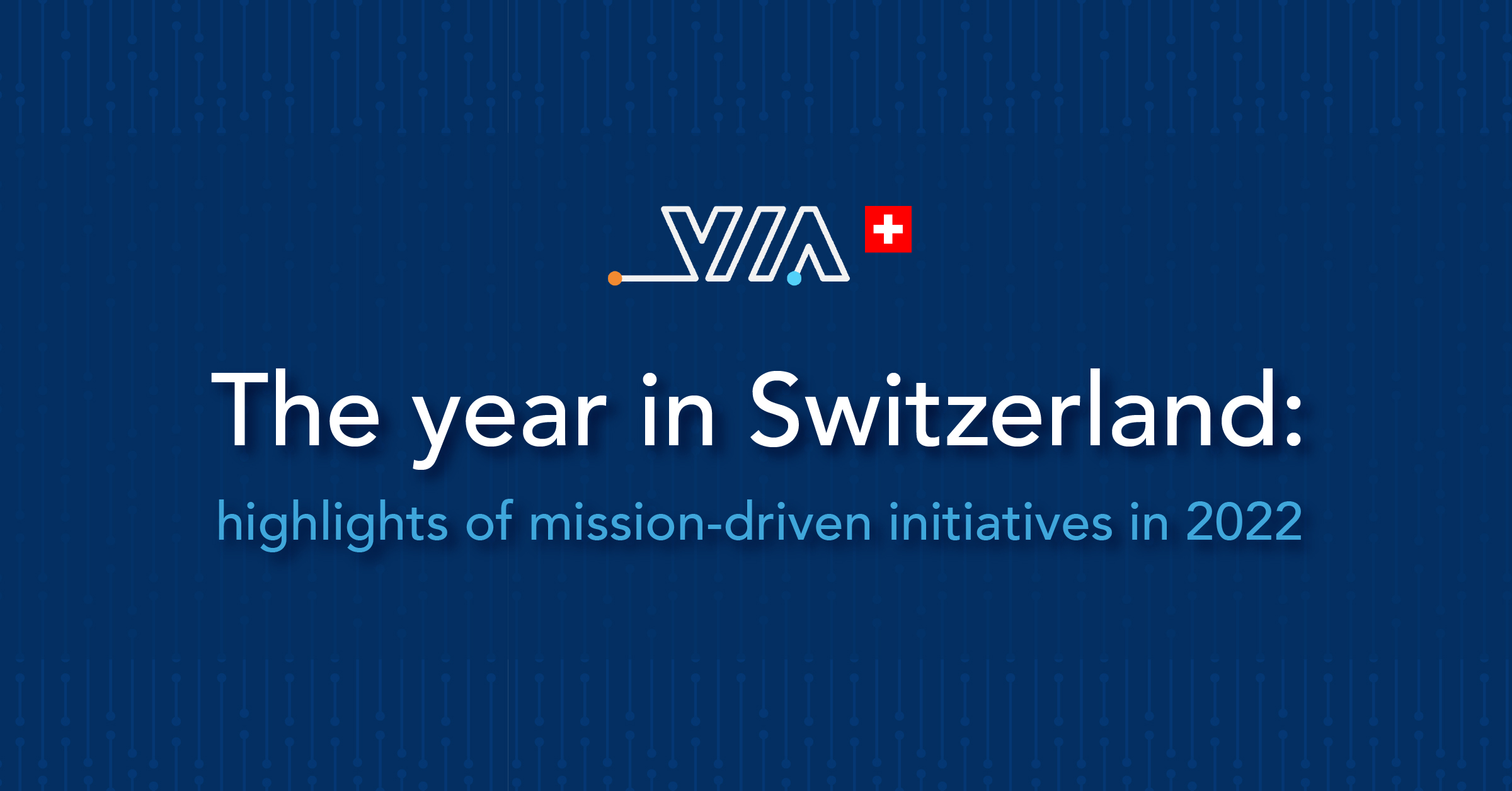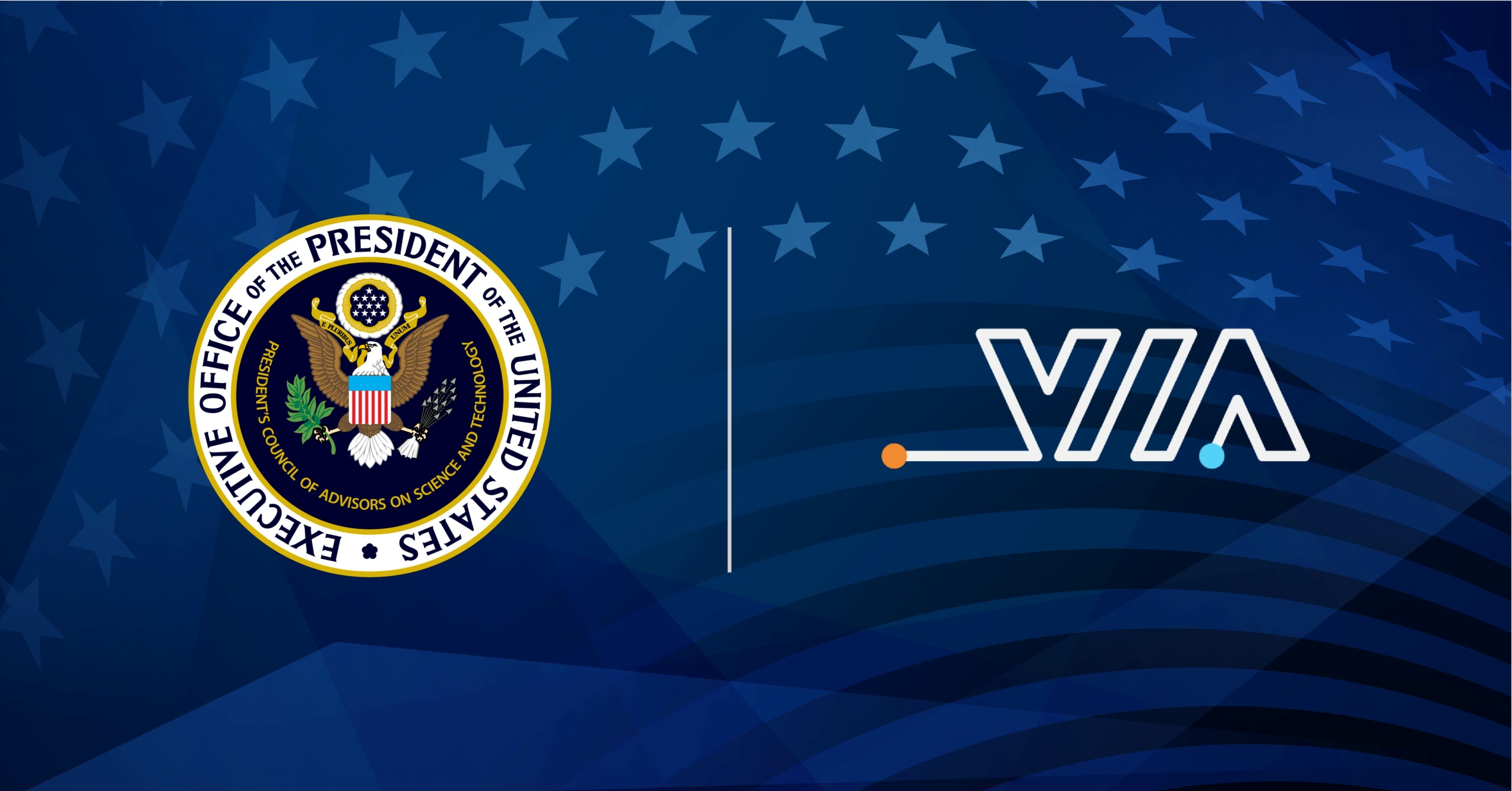The importance of quantum-secure data and file sharing in the era of HNDL attacks and Q-Day
In today’s digital economy, ultra-secure data and file sharing is not just a convenience, it’s a necessity. But as cyber threats evolve, so too must our security approaches. Quantum-secure file sharing is emerging as the next frontier in protecting sensitive data against advanced cyberattacks, including HNDL (Harvest Now, Decrypt Later) attacks, and preparing for the looming reality of Q-Day.
Understanding the quantum threat
Modern encryption systems like RSA and ECC, form the backbone of secure communications today. These systems rely on mathematical problems that classical computers cannot solve efficiently. But quantum computers change that calculus.
Quantum computing threatens to break traditional encryption in seconds. That means that any data transmitted today, if intercepted and stored, could be decrypted once quantum computing becomes widely available. Furthermore, even if your current system uses data that is mostly encrypted with PQ resistant AES keys, an attacker will target the encrypted data and the non PQ resistant Key Exchange Mechanism (RSA or ECC KEM) and then using the key simply decrypt the PQ resistant encrypted data. This looming shift in cybersecurity is often called Q-Day, the point when quantum computers can break current cryptography.
What is Q-Day?
Q-Day refers to the moment when quantum computers achieve enough power to decrypt most of today’s encrypted data. Experts believe this is approaching within the next decade. Once it arrives, any sensitive information transmitted with current encryption will be at risk, from medical records to financial transactions.
The stakes are especially high for industries handling regulated and sensitive data, such as healthcare, finance, defense, and government, where compliance and trust are paramount and exposed secrets can literally be life or death.
HNDL attacks: The quantum-driven threat
One of the most insidious threats emerging alongside Q-Day is HNDL (Harvest Now, Decrypt Later) attacks. This is a cyberattack where malicious actors intercept encrypted communications today and store them until quantum computing is capable of decrypting them.
This means that even if your data is secure today, it won’t be secure tomorrow. HNDL attacks turn the passage of time into a ticking time bomb against conventional encryption. It’s essentially future ransomware, especially to those carrying sensitive non-temporal data, such as your PII, DNA sequences, grid equipment and refinery information and locations, biometrics, highly sensitive communications, top secret data like the identities of field agents, and highly valued trade secrets.
Why quantum-secure file sharing is critical
Quantum-secure file sharing uses post-quantum hybrid cryptography or quantum key distribution (QKD) to make file transfers immune to quantum decryption. This is the digital equivalent of moving to a secret vault with a lock no one, not even a quantum computer, can break.
Benefits include:
- Future-proof security: Protects data against current and future quantum attacks.
- Compliance assurance: Meets evolving regulatory requirements for data security and prepares organizations for NIST’s evolving PQC standards.
- Business trust: Demonstrates commitment to safeguarding sensitive data to your customers and partners.
- Peace of mind: Mitigates the risk of future HNDL attacks and Q-Day vulnerabilities.
Example use cases by industry:
- Healthcare: Transmitting protected patient health information (PHI) between employees and external parties that is subject to HIPAA compliance and significant liability.
- Finance: Safeguarding sensitive transactional data against fraud and cyber espionage, including private keys to cryptocurrency holdings.
- Government: Securing confidential communications and highly classified data, such as nuclear site locations and mission history.
- Energy: Protecting critical infrastructure data from industrial espionage, such as grid layouts and energy production reports.
- Biotech: Protecting critical IP and trade secrets from industrial espionage and ransomware, such as custom genetic sequences and formulations.
Preparing for Q-Day: Practical steps
- Assess your current encryption and architecture: Identify where traditional encryption is used and where it may be vulnerable to quantum attacks. Avoid centralized single-point-of-failure architectures. Even if you have quantum-encrypted private keys, your data is hackable if the private keys are accessed by nefarious actors.
- Implement solutions now, not later: Explore post-quantum solutions now. A great solution to get started is VIA’s QT platform, an easy-to-use, end-to-end quantum-resistant, decentralized data sharing platform built from the ground up to handle mission critical data.
- Train your team: Ensure your infrastructure teams are aware of quantum risks and upcoming compliance requirements.
- Monitor regulatory developments: Track data security regulations as the quantum threat intensifies. These bodies include: NIST, NSA/CNSS, CISA, ISO/IEC, ETSI, IETF, ENISA, and others.
- Partner with quantum-security providers: Engage with experts like VIA to stay in the loop on state of the art quantum resistant technologies and emerging standards.
Conclusion
The era of quantum computing is approaching fast, and with it comes both incredible opportunity and unprecedented risk. Q-Day is not a distant theory, it’s a real cybersecurity challenge on the horizon. And HNDL attacks mean the clock is ticking even faster and the danger is now. Deploying decentralized, end-to-end, quantum-resistant data solutions like VIA QT are an excellent way to take action now. The future of data protection depends on it.

